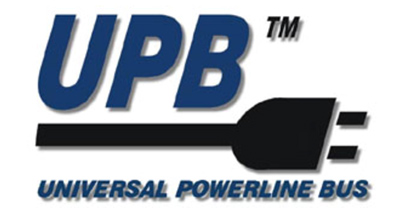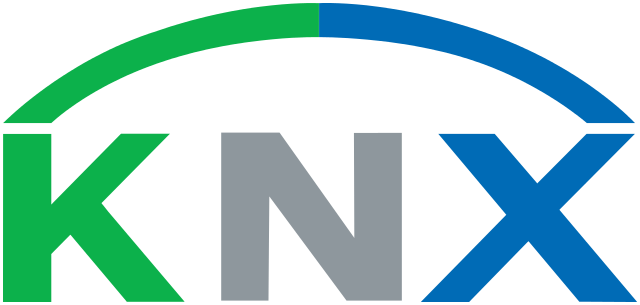Universal Powerline Bus
Universal Powerline Bus or short UPB is a communication protocol developed for the needs of home automation.
As the name suggests it uses the existing powerlines of homes for sending data. It was developed in 1999 by PCS Powerline Systems and was inspired by the already ubiquitous X10 protocol. The goal was to improve the transmission rate and to provide a higher reliability whereas reliability determines the percentage of correctly transmitted and received packages between two devices. Different sources estimate UPB to be about at least 100 times more reliable than X10 technology.
PCS is a leader in lighting control systems and is using the UPB technology in their own products called PulseWorx and LightWorx.
Technology
Universal Powerline Bus devices use existing household electrical wiring to transferring data between each other. Romex or BX are good examples for manufacturing wires used in todays powerlines. UPB uses the so called pulse-position modulation which is a well known method in digital communication. Each UPB Pulse can encode two bits of digital information and there are 120 AC half-cycles per second which results in a frequency of 60 Hertz. These electrical pulses are precisely timed and can be easily detected by other UPB devices. They analyze these UPB Pulses and parse the encoded digital information.
The UPB technology doesn’t necessarily need a central controller or host since it supports peer-to-peer communication.
Advantages of the UPB Protocol
- Reliable
- Inexpensive
- Existing infrastructure can be used -> No new wires
- Two-Way Communication
Disadvantages of the UPB Protocol
- No wireless communication
- Difficult to pair with newer technology (Wi-Fi, Smartphones)
- Low Bandwith (average speed of UPB: 240 bits per second)
- No encryption
- The number of UPB compatible devices on the market is much lower than for example the number of X10 devices





